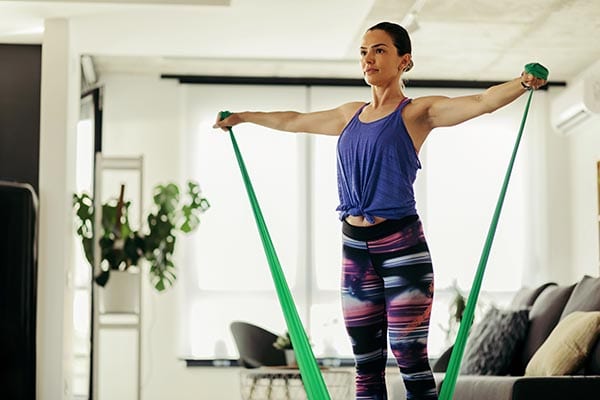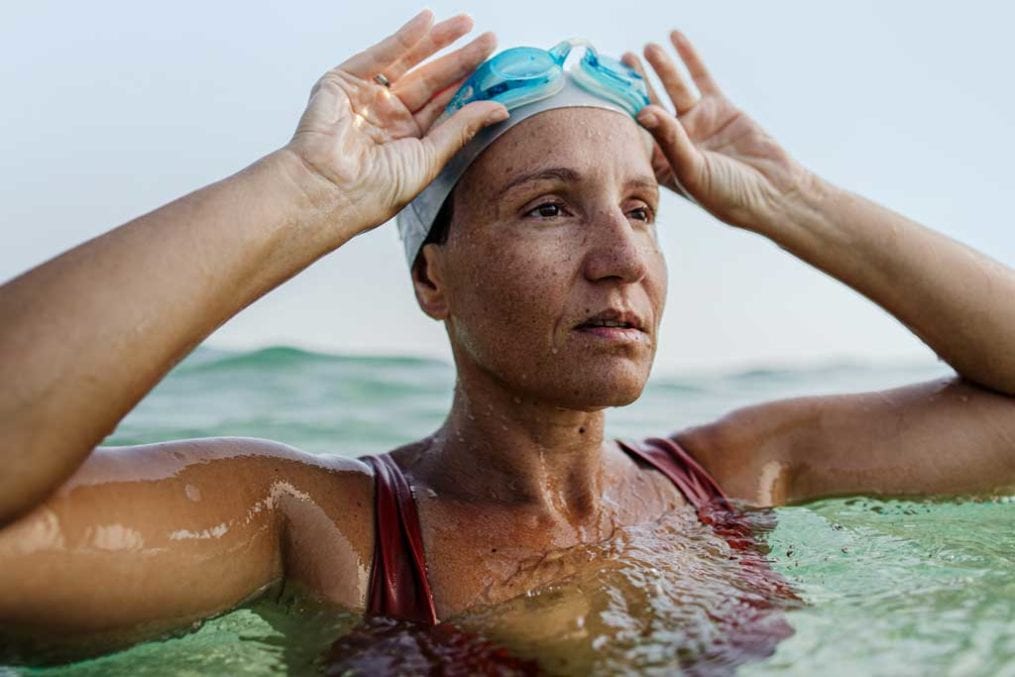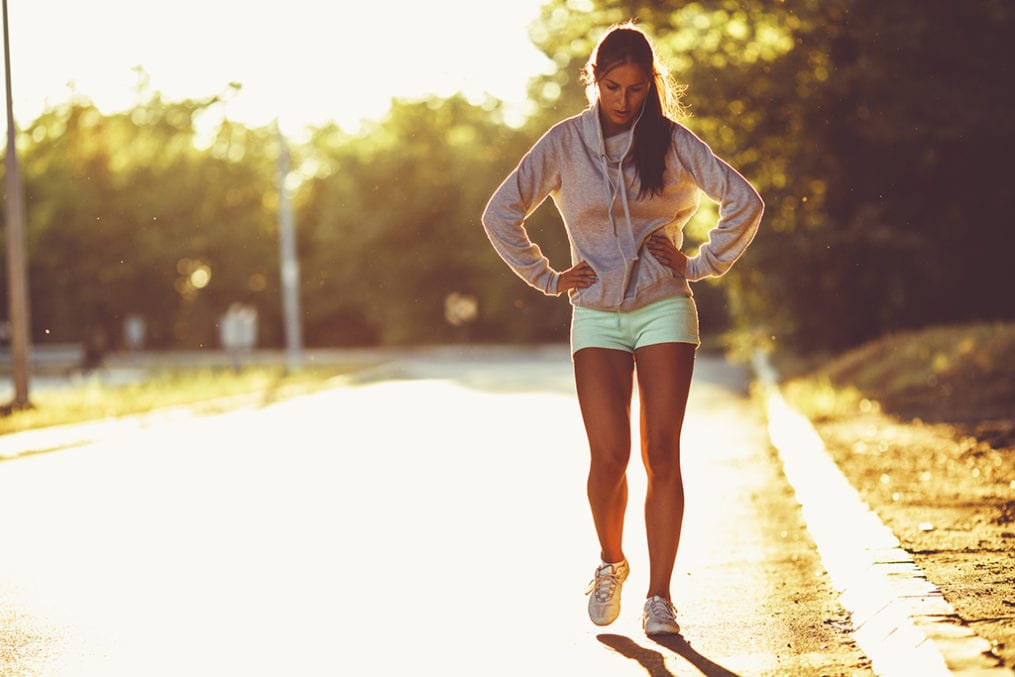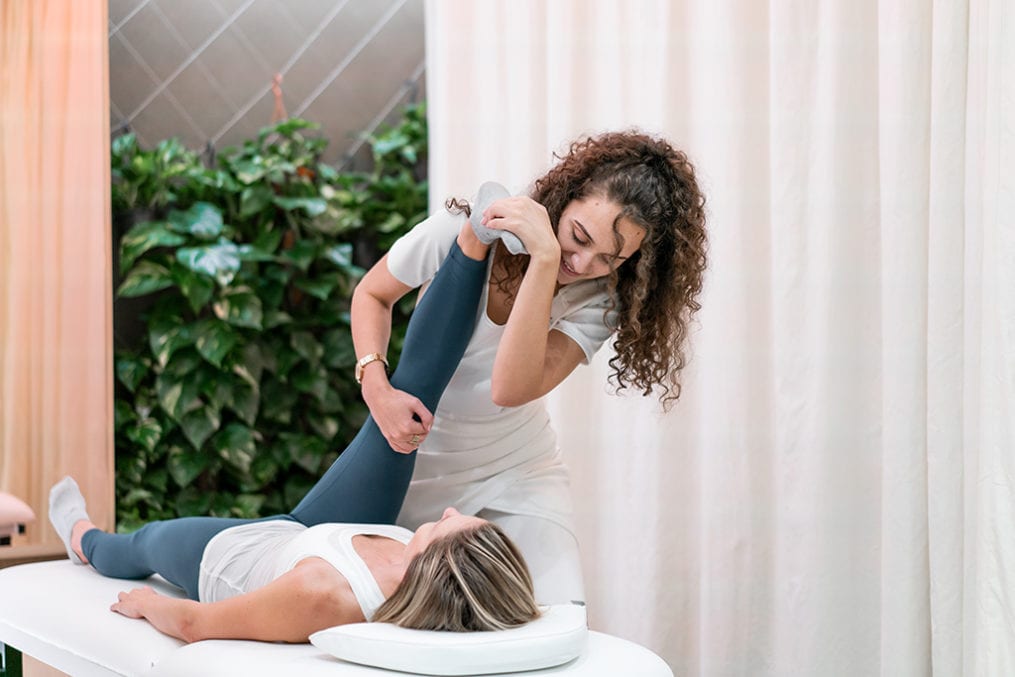How do I do…ballroom dancing?
Since Strictly hit our screens 10 years ago, it’s estimated the number of people attending ballroom classes has risen from 175,000 to around 260,000. Ballroom dancing is good for you physically, mentally, and socially – so why not step out and make that dancing dream a reality?
Who can do it?
‘Everybody,’ says Bryan Allen, president of the British Dance Council. ‘All ages and abilities. It doesn’t matter if you have two left feet. Dancing is enjoyable, it’s easy (depending on how seriously you take it), and it’s great fun.’
What are the fitness gains?
‘Competitors on Strictly have to become enormously fit. A lot of physical work and a lot of demanding activity is involved, improving both muscular tone and cardiovascular function,’ says Allen.
Ballroom is ideal for a flat stomach, as you are constantly using your core, making it strong and toned. This extra muscle then boosts metabolism, which can help with weight loss.
There are a number of ballroom dancing styles, each with their own benefits.
‘Fast-paced styles like tangos and jives, sambas and cha-chas, can burn around 240-360 calories per hour, while slower styles, such as waltzes and foxtrots, use around 240 calories per hour. Most classes offer a range of ballroom styles, so you can mix up your workout.’
Strictly has helped people recognise that dancing helps you lose weight and become fitter and more agile,’ says Allen.
And it can keep your brain healthy, too. ‘It’s been proven to delay the onset of Alzheimer’s,’ says Allen, as revealed in a study in the New England Journal Of Medicine. ‘The medical benefits of ballroom dancing are incredible,’ he adds. ‘It’s often recommended as a gentle exercise for people who’ve had heart attacks.’
What kit do I need?
‘Wear anything that’s comfortable and allows easy movement,’ says Allen. ‘Footwear should enable a gliding movement across the floor, so trainers aren’t really suitable.’
A low-heeled shoe or flats are ideal for women, and an open toe will create the right look for the Latin dances. For men, most outdoor shoes are adequate – just leave the hiking boots at home!
‘If you want to progress, invest in specialist shoes with suede soles to enhance the experience,’ Allen adds.
Where do I start?
‘The easiest way is to go to your local dance school and join a beginners’ group. You can find dance studios listed on the British Dance Council website,’ says Allen (www.bdconline.org). A beginners’ class costs from £5-10 per person, per class.
Although it’s beneficial, you don’t have to come with a dancing partner to get involved. ‘We have a number of single people who come to learn to dance and they get paired up with partners. Because it’s so social, sometimes they’ll get together to dance outside class hours – occasionally this leads to romance, too!’
Additionally, many dance schools offer same-sex dancing classes. ‘We trained two ladies for their wedding dance and they’re still coming to the classes now,’ says Allen.












